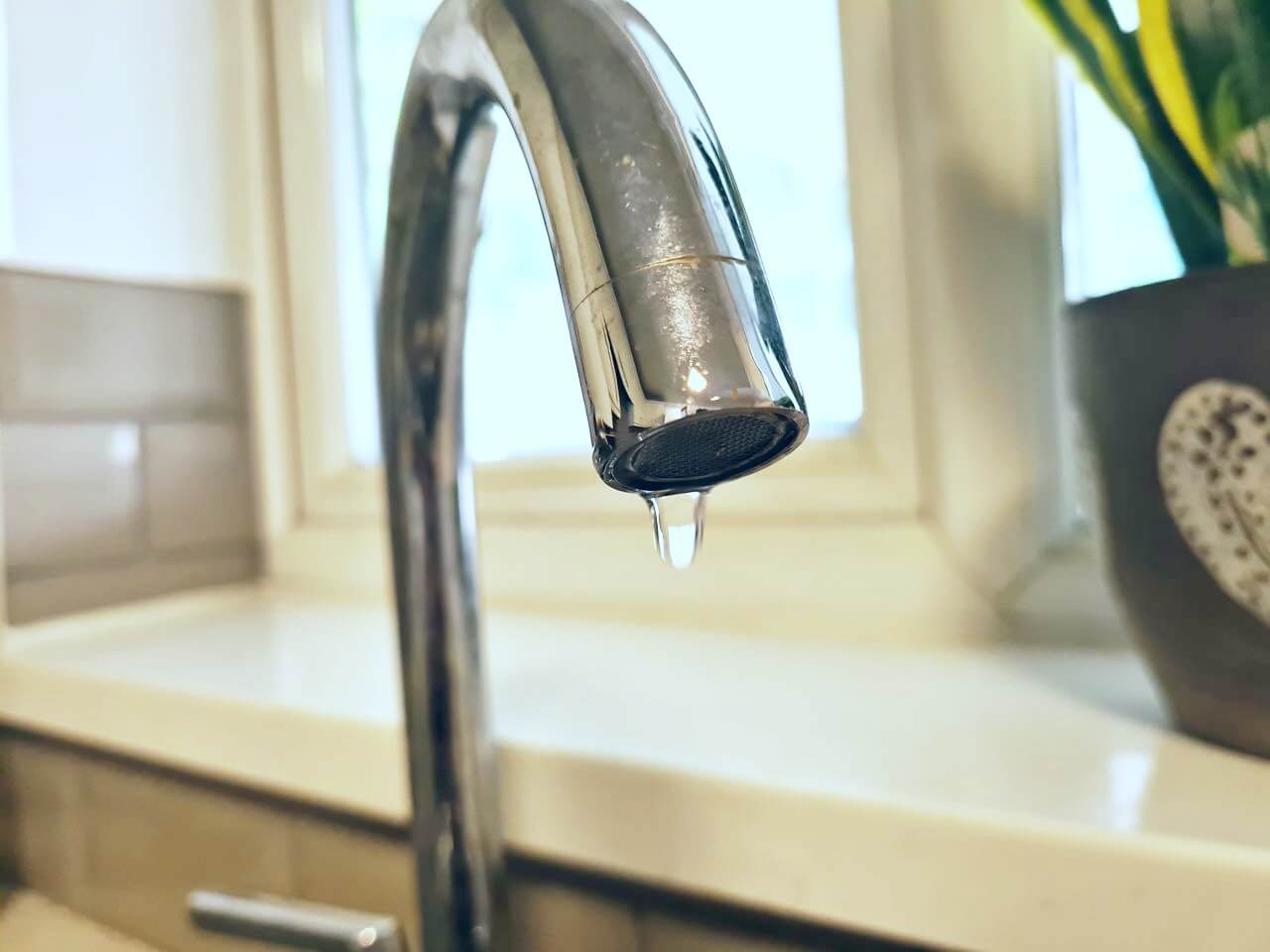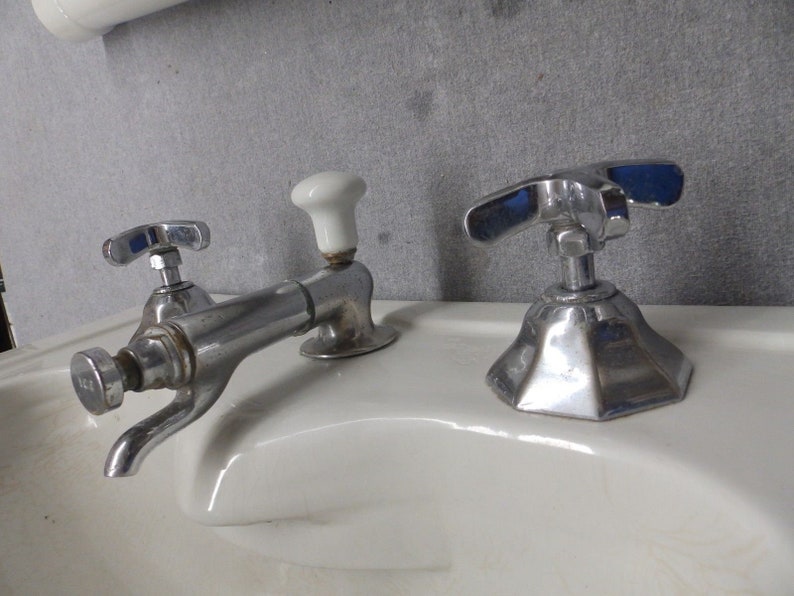In-depth Tutorial on Resolving a Leaky Tap: Expert Tips
In-depth Tutorial on Resolving a Leaky Tap: Expert Tips
Blog Article
This great article down below pertaining to How-To Guide On Fixing A Leaking Tap Or Faucet Step is without a doubt fascinating. Read it for your own benefit and decide what you think about it.

Intro
A leaky tap is not only frustrating however can additionally throw away a considerable quantity of water and result in increased utility costs. In this step-by-step guide, we'll stroll you with the process of repairing a dripping faucet, allowing you to save water and cash while preserving your plumbing system.
Collecting Tools and Materials
Prior to you begin, collect the necessary tools and materials for the repair work. You'll usually require an adjustable wrench, screwdrivers, replacement washing machines or seals, plumber's tape, and a rag or towel to tidy up any spills.
Shutting Off Water
Situate the shut-off shutoff for the affected faucet and transform it clockwise to shut off the supply of water. If you're incapable to situate the shut-off shutoff, you may require to turn off the major water system to your home.
Taking apart the Tap
Use a screwdriver to remove the manage of the tap, revealing the interior parts. Relying on the kind of tap, you might need to loosen a cap or collar to access the shutoff assembly.
Evaluating for Damages
Once you've exposed the shutoff assembly, examine it for any indications of damages or wear. Common wrongdoers of a leaking faucet consist of worn-out washers, O-rings, or seals.
Changing Faulty Components
If you determine any broken or worn-out components, thoroughly remove them making use of a wrench or pliers and replace them with new ones. Make sure to utilize the proper size and kind of replacement components for your faucet.
Rebuilding the Tap
After changing the malfunctioning elements, very carefully rebuild the tap in the reverse order of disassembly. Guarantee that all parts are properly lined up and tightened up to prevent future leakages.
Examining for Leaks
When the tap is reconstructed, turn the water back on and evaluate the faucet for leakages. If you discover any kind of leaks, double-check the connections and tighten them as required.
Making Certain Correct Functionality
After validating that the faucet is leak-free, test its performance by turning it on and off several times. Make sure that the faucet runs smoothly and without any uncommon sounds or resistance.
Tidying up
Finally, clean up any kind of debris or spills from the repair procedure and get rid of any kind of old or damaged components effectively. Leaving the work area spick-and-span makes sure a specialist surface to your repair.
Conclusion
Repairing a leaking faucet is a fairly simple DIY job that can save you money on water expenses and stop more damages to your plumbing system. By following this detailed overview, you can deal with the fixing with self-confidence and appreciate the advantages of a leak-free faucet.
Fixing a Leaking Tap: Causes, Solutions, and Water Conservation
Causes and Signs
Worn-Out Washers: The tap washer, rubber or metal, creates a seal within the tap assembly. Over time, the old washer can deteriorate, leading to water seepage and a dripping tap. High Water Pressure: Excessive water pressure can strain tap components, causing leaks. The forceful water flow exerts pressure on the washers and other sealing mechanisms, resulting in a dripping tap. Faulty O-Rings: O-rings, usually made of rubber, provide a watertight seal between moving parts of the tap. If the O-rings become worn or loose, they can cause water to leak, resulting in a dripping tap and potential water damage to your property. Signs of a Dripping Tap
Audible Dripping Sounds: If you hear the sound of water droplets hitting the sink or basin, it’s a clear indication of a dripping tap. Puddles or Stains: Notice any puddles of water or stains around the tap area or on the sink surface. These signs suggest a dripping tap that requires attention. Reduced Water Flow: A dripping tap can affect the overall water flow, resulting in reduced pressure when using the tap. Gather the Necessary Tools
Adjustable spanner Screwdriver – flathead or Philips’s head New washers Towels or rags Turn Off the Water Supply
Find the isolation valve beneath the sink or by the tap and turn it clockwise to shut off the water supply.
Disassemble the Tap
Use a screwdriver to carefully remove the tap handle, exposing the internal components. Take note of the order and arrangement of the parts as you disassemble the tap. This will aid in reassembling it correctly later on. (We recommend taking photos on your phone for a no-fuss solution).
Inspect and Replace the Washer
Inspect the washer located at the bottom of the tap assembly. If it appears worn out or damaged, replace it with a new washer of the correct size and type. This simple replacement can often resolve the dripping tap issue.
Tips for Responsible Water Usage
Regular Inspection and Maintenance: Conduct periodic inspections of all taps in your home to identify potential leaks or drips. Timely repairs prevent water wastage and maintain the efficiency of your plumbing system. Install Water-Efficient Taps: Consider replacing old taps with water-efficient models that are designed to minimise water consumption. Look for taps equipped with aerators and flow restrictors to regulate water flow without compromising functionality. Conscious Water Usage: Develop mindful habits such as turning off the tap while brushing your teeth or soaping your hands. Additionally, use full loads when running dishwashers and washing machines to maximise water efficiency. Monitor Your Water Bill: Keep track of your water consumption by regularly monitoring your water bill. Any sudden increases may indicate a leaking tap or other issues that require attention. When to Seek Professional Help
Persistent Leaks: If your attempts to fix the dripping tap are unsuccessful or the problem keeps recurring, it may indicate an underlying issue that requires professional attention. Complex Repairs: In cases where the tap assembly is intricate, or the repair involves specialised knowledge, it’s advisable to seek professional help to ensure the problem is resolved effectively. https://proudplumbingandgas.com.au/blog/a-complete-guide-to-fixing-a-leaking-tap/

I was made aware of that article on How to Fix a Leaky Faucet through a good friend on our other web blog. Please take the time to promote this post if you enjoyed reading it. Thanks so much for going through it.
Click Here Report this page